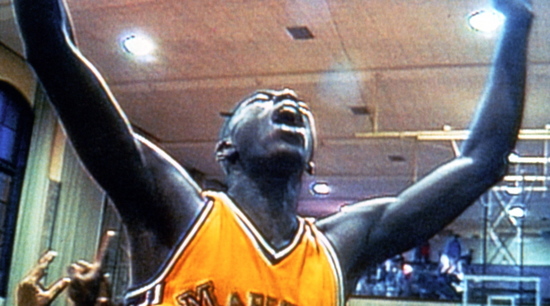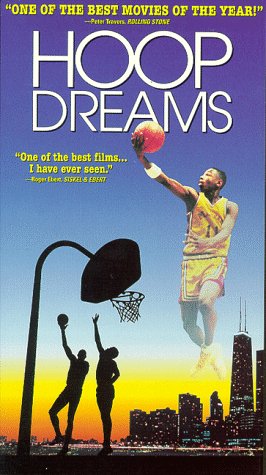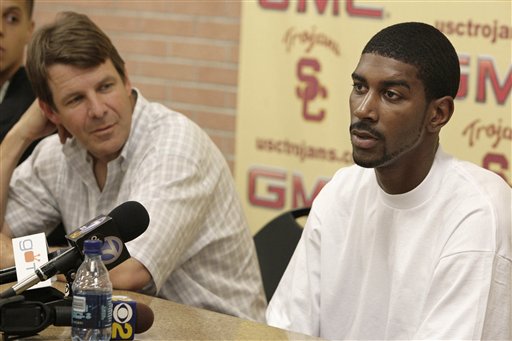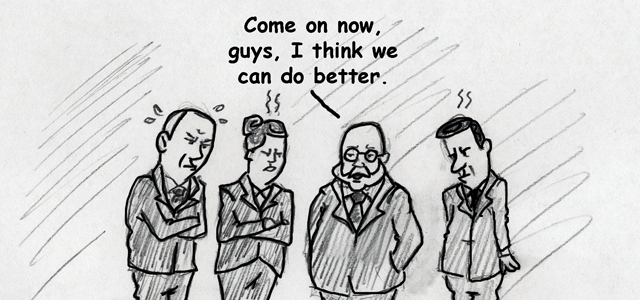The RTC Interview Series: One on One With Arthur Agee
Posted by rtmsf on September 3rd, 2010Rush The Court is back with another edition of One on One: an Interview Series, which we hope to publish weekly on Friday mornings throughout the year. If you have any specific interview requests or want us to interview you, shoot us an email at rushthecourt@yahoo.com.
Arthur Agee is one of the inimitable names in basketball circles for his excruciatingly real portrayal of a hotshot recruit with dreams of the NBA in one of the greatest documentaries of all-time, Hoop Dreams. The movie tracked Agee and his Chicago compatriot, William Gates, as they moved through the shady underworld of high school basketball star-making and college basketball recruiting in the late 1980s and early 1990s. Agee, the player who seemed more likely to end up on the wrong path as a result of his tough home life, ended up winning the Chicago Public League championship in 1991 and attending Arkansas State on scholarship. While he nor Gates never made it to the NBA, they both have found meaning through their experiences captured on film to pass on their lessons to youngsters in the community: Gates as a pastor, and Agee as a motivational speaker who travels around the country inspiring students to follow their “hoop dreams” in all walks of life. Agee was kind enough to speak with us last week.
Rush The Court: Arthur, talk to us a little bit about what you’re doing these days with your foundation (Arthur Agee Foundation) and your upcoming Hoop Dreams Tour (@HoopDreams2010 on Twitter) in October.
Arthur Agee: My Arthur Agee role model foundation involves me speaking and doing motivational things for kids. The tour coming up with Mike Brown at Hoop Connection will have us traveling around from city to city [scheduled cities: Chicago, Orlando, Dallas, Sacramento] in October to help young athletes in those places pursue their hoop dreams. We’ll be picking one person in each of those places to tell his or her story about their struggle and try to help them achieve their hoop dream — whether it’s a scholarship to college, a job in coaching or whatever else. Our hope is that a reality televison show will pick it up and air what happens while we’re on this tour.
RTC: It’s amazing that this low-budget independent movie still has so much resonance over fifteen years later. We hear from basketball fans regularly that it’s their favorite movie of all-time. Can you discuss how you’re trying to use the opportunities it is still providing for you now?
AA: Well, realize that my family didn’t see any money from “Hoop Dreams” the movie. Maybe $150,000 to $200,000. The filmmakers saw it as a stepping stone project for themselves, but often times we were forgotten about. That said, they have authorized me to use the name Hoop Dreams to brand it. A consultant we talked to says there might be about $4 million left in it, so we got permission from the filmmakers to start a full clothing line — sneakers, hats, and so on. So that’s the business challenge that I’m currently facing with it — branding Hoop Dreams and making it profitable.
RTC: What about the movie itself? What has changed from those days and what life lessons can you give to young people today as a result of your experiences?
AA: Well, the basketball landscape has changed. From the mid-90s until a few years ago, you could jump straight to the NBA from high school. But the statistics on actually making it to the pros is really small. Kids should be thinking about the primary goal to get a scholarship to college, and let the rest take care of itself. I use a phrase, “Education is a necessity… basketball is a privilege,” and it’s true. In the movie we did a couple of years ago, “Hoop Reality,” which was a fifteen-year follow-up to “Hoop Dreams,” I helped Patrick Beverley achieve his hoop dream. We focused on him in the movie, and he eventually went to Arkansas on a scholarship and just recently signed a $1.5 million deal with the Miami Heat. At Arkansas State, I had to do everything on my own to get noticed, and some agents came to me because of the movie, but that was about it.
RTC: How is your relationship with co-star William Gates [a minister in the Chicago area now] from the movie?
AA: Will is great, and I keep up with him quite a bit. You have to keep in mind, though, that William Gates in the movie was still a lot better player than a lot of people with two good knees. His son, Will Jr., is sixteen now [Class of 2013] and at St. Joseph’s just like we were. Still with Coach [Gene] Pingatore! I’d tell him what I’d tell anybody with a hoop dream — live your hoop dreams and control your own destiny, which means to go hard after whatever you want and don’t let anybody else get in your way.
















































